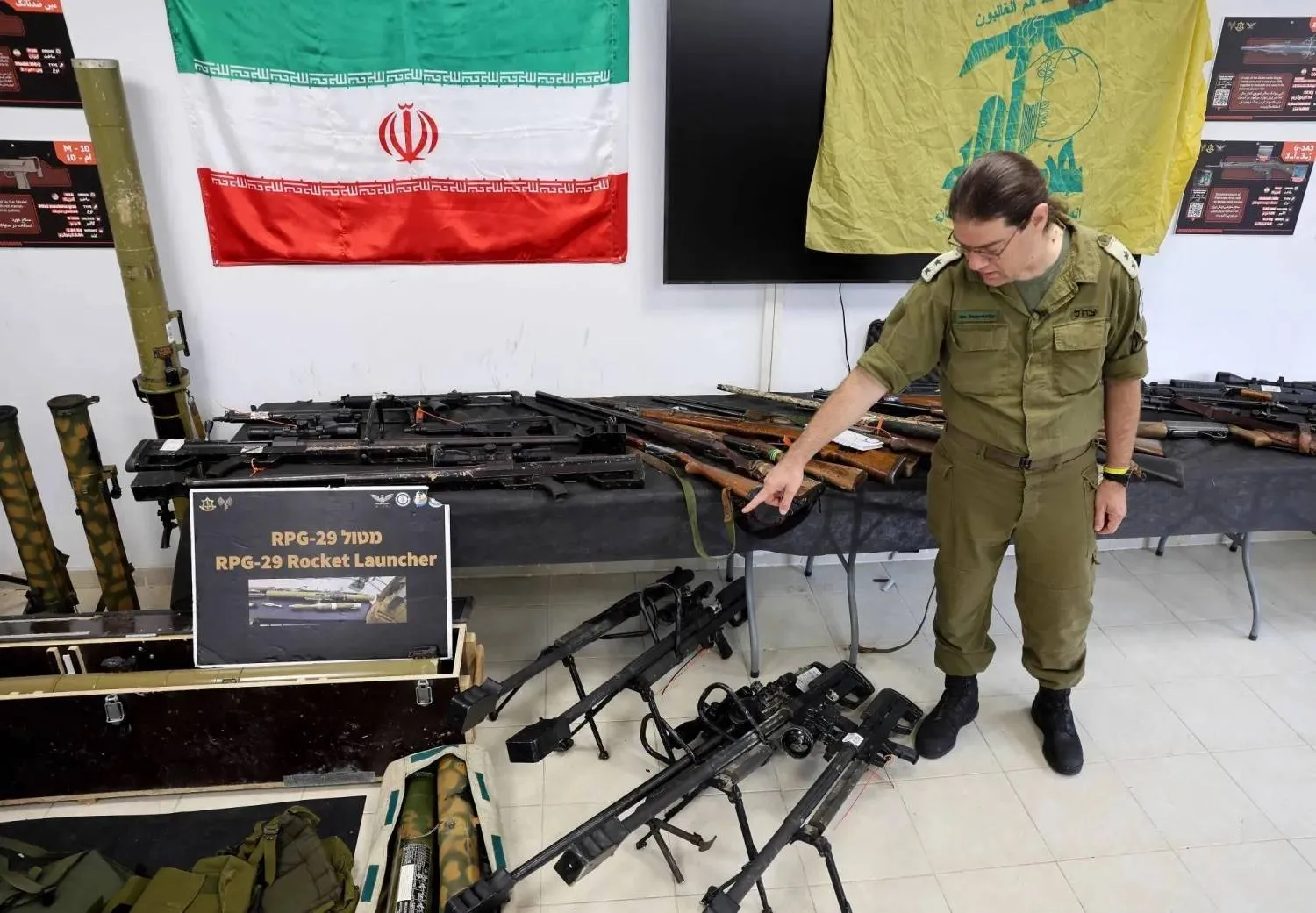Yemen is one of the most food insecure, and possibly poorest countries in the world, a recent World Bank report showed.
The report, Poverty and Equity Assessment 2024, placed Yemen in the company of Afghanistan, Haiti, Somalia, South Sudan, Sudan and the Sahel countries, each among the poorest 15 percent of countries worldwide.
Yemen was a poor country before war broke out, and ten subsequent years of conflict and crisis have had dire effects on living conditions with many millions of Yemenis suffer from hunger and poverty.
But according to World Bank experts, a lack of data makes it hard to estimate exactly how many people are poor, or to analyze the main drivers of poverty.
It said Poverty Assessment synthesizes multiple novel data sources to assess how the Middle East and North Africa’s (MENA) poorest country likely became one of the most impoverished countries worldwide; and how ordinary Yemenis cope—or attempt to cope—with multiple, overlapping deprivations.
The World Bank said a decade ago, Yemen was already a low-income country and 49 percent of Yemenis lived below the national poverty line.
Given the significant deterioration in economic conditions over the course of the war, it concluded that poverty has risen in the intervening years—particularly through ten years of war.
Also, efforts to end the complex, internationalized conflict, have been repeatedly spurned.
It said cautious optimism that an informal, but enduring, truce could be converted into a permanent ceasefire in 2023 has diminished.
As the report was being completed, many World Bank observers warned that the country could be significantly impacted by the Middle East conflict and local repercussions. This is not an eventuality that ordinary Yemenis can afford.
The report found that unreliability of income, livelihoods and food on the one hand, and the vulnerability of ordinary Yemenis to the many economic shocks experienced since the start of the war have been the main drivers of poverty.
By August 2015, after just a few months of war, 48 percent of Yemenis had a poor food consumption score, a more than four-fold increase from the year before, in line with a broader collapse in economic output.
It also showed that food insecurity reached its lowest point in 2018 when the war’s physical and economic dimensions intersected.
But after improvements in 2019 and 2020, in part due to a huge influx of aid, the situation deteriorated due to several major shocks: the Houthi militias’ military campaign in Marib, the COVID-19 pandemic, the 2022 Russian invasion of Ukraine and accompanying price shocks.
The World Bank report admitted that food insecurity has improved since a truce was announced in 2022, but said that Yemen remains among the countries with the most hunger in the world, with around half of the population suffering poor or inadequate food consumption.
It said the food security crisis is fundamentally one of access—people’s ability to pay for goods in local markets—but with some caveats.
While basic food items continue to be imported and provided through humanitarian assistance, the World Bank said food prices have risen sharply over the course of the conflict and household incomes have failed to keep pace with inflation.
On the other hand, food supply has fallen over the course of the conflict, particularly as domestic agricultural productivity weakened, while Yemen’s population has grown by an estimated 18 percent since 2015.
The report said economic conflict has become an important factor in driving food insecurity.
During the first few years of the war, it said Houthi-controlled areas demonstrated the worst food security outcomes.
It added that in 2019, the Houthi ban on new banknotes drove a surge in the price of basic goods and hence food security.
In Yemen, the report said access to water, sanitation, electricity, education, and healthcare have all become much more limited since the beginning of the war, despite some gains made just before the conflict started.
In particular, access to electricity through the public network has deteriorated significantly, as 15 percent of Yemenis are connected to the grid in 2023, compared to 78 percent in 2014.
Meanwhile, the report said that given significant data-gathering constraints, the poverty estimate in Yemen cannot be considered definitive.
Data-gathering constraints make it impossible to calculate monetary poverty levels using conventional methods, the World Bank noted, warning that data gaps and a lack of reliable information from the ground are a significant barrier to poverty and other forms of economic analysis.
There have been several attempts to estimate poverty in Yemen, but these rely on outdated data and several assumptions.
For example, the report said statistical modelling conducted for the last World Bank Country Economic Memorandum for Yemen extrapolates a headcount poverty rate as high as 74 percent in 2022, which could reach between 62 and 74 percent by 2030, depending on the trajectory of the conflict and various scenarios of either continued conflict or recovery.
The report also showed that in dire humanitarian emergencies such as Yemen’s, monetary poverty often converges with measures of food access, as a greater share of available income is used to cover basic nutrition.
It added that there is also a strong and nearly universal pattern of the share of food expenditure increasing as income declines. Food security data is also among the highest-quality and most uniformly and frequently gathered in Yemen, the report noted.









